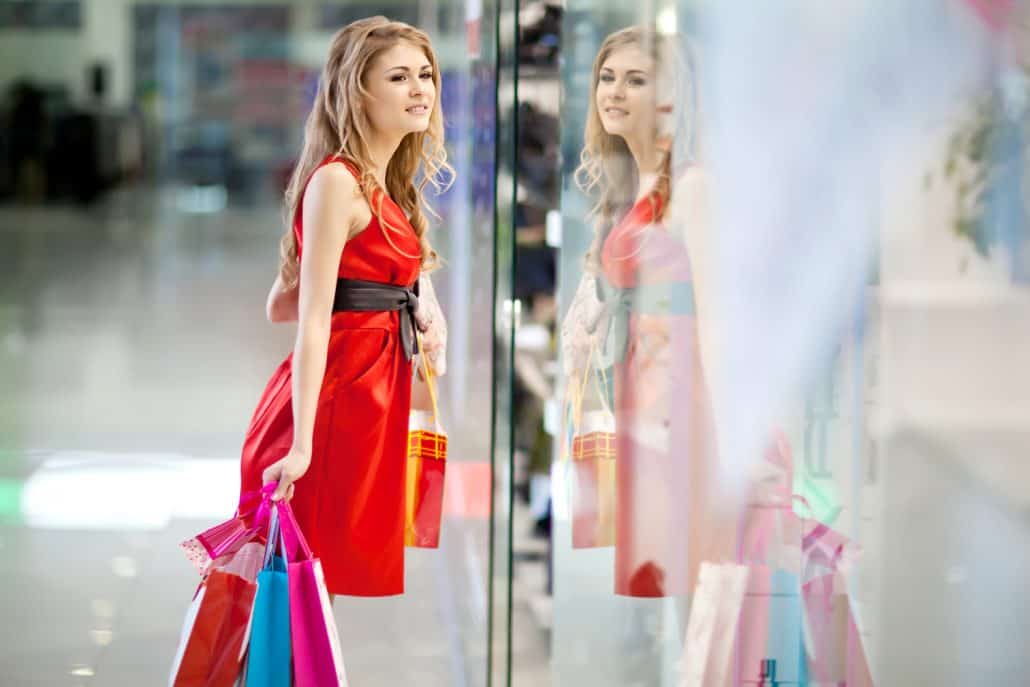Harmful Habits and Savvy Spending
7 Tips To Keeping Your Head In A Spend-Frenzied Society.
“It costs money. It costs money because it saves money.” ~Cosmo Castorini, Moonstruck
Albeit comical, I honestly can’t count the number of times I have repeated this sage advice. Because the truth is, when you invest in quality, it generally outlasts the competition. But doesn’t spending money contradict the saving of it? Not necessarily.
Over the years we can find ourselves shackled to our debts, struggling to keep our heads above water in a ‘must have’ mentality society. Inflation has insulted the “quart of milk, loaf of bread, stick of butter” necessities of the Sesame Street generation. When confusion arises between our needs and our wants, we easily find ourselves in a compromising position. A rush of adrenaline and dopamine drugs us into the point-of-sale-panacea from the shuddering reality of practicality.
Savvy is defined as: shrewdness and practical knowledge; the ability to make good judgments. In a nutshell, that is what wise spending and saving money is all about: making good judgments. However, that can be a challenge, especially in an economic society obsessed with more. Finding balance means changing one’s viewpoint about spending…Changing from a ‘missing–out‘ mentality to being in control. The following 7 TIPS highlight the balance between avoiding harmful habits while becoming a savvy spender.
- PAY OFF DEBTS. All of that accruing interest is stealing away your hard earned paycheck. Most financial/budgeting sites recommend paying off your debts from the least to the greatest. This enables you to apply your monthly payments toward larger debts.
- SPEND TO SAVE: Whether its utilities, trendy shoes, or car repairs, spending wisely can save hundreds or thousands. Winter demands a lot of energy expense. But to ignore winterizing your home to ‘save money’ could actually cost you more. Cost effective maintenance means you will get more from the energy you pay for. So don’t neglect cleaning your roof, windows, or siding. They all have an impact on energy efficiency. Seal cracks in doors and windows, insulate drafts, and use as much energy efficient lighting and appliances as possible.
- GET YOUR MONEY TO WORK FOR YOU. Reinvest your debt payments into savings or interest accruing options. Audit your current expenses and edit unnecessary recurring debits or subscriptions. Audit your home. Sell what you no longer use, love, or need. Employ one of the multitude of selling apps, most with features to sell locally for items too pricey to ship.
- AVOID FRIVOLOUS SPENDING. We all need R&R, but spending hundreds or thousands on vacation when you are trying to realize debt goals is not going to be the escape for which you are longing. Consider a budget-friendly STAYCATION focused on creating moments. The internet is full of suggestions for free or inexpensive activities, places, parks, and events.
- AVOID “POINT-OF-SALE”…or as I prefer to think of them…”PERVERSIONS-OF-SAVINGS.” You know, that impenetrable wall of things-you-didn’t-know-you-needed, but now, have to have, lining the checkout like a tunnel, pressing you into a do or die, NOW OR NEVER decision…AVOID THEM LIKE THE PLAGUE.
- ALWAYS PACK FOOD. Whether you are headed to work, running errands, or taking a daytrip, packing food and beverage will save hundreds over the course of the year. For example, a weekly latte at approximately $5 per person costs roughly $260/year. Whereas a $10 weekly vending machine habit or fast food habit =$520/year. If you’re one of those people whose blood sugar plummets after an errand or two, and needs to be rescued by, say a sandwich, a soda, and a candy bar…that sugar crash could be crushing your budget by $1,000/year or more. Shrewd grocery shopping prepares and prevents such losses of judgment and income. For example, a sliced apple and a cheese stick are totally portable and costs less than $2. Prepping snacks and lunches the night before makes for a smooth transition out the door.
- EVALUATE NEEDS VS. WANTS. Or, as stated on ramseysolutions.com, “Let your future needs be more important than your current wants.” Marketing is tricky. It employs our senses into tricking our subconscious out of reasonableness and into rationalization. Here’s a trick I use to combat losing my head over clever marketing: Make and carry a list of intentional purchases. Upon entering a store, take a moment of awareness: What do you see (bling), smell (perfume/scents), hear (music), feel (touch)? Your senses are being barraged in an effort to entice you to abandon your good judgment and impulse buy. NOW…STOP. THINK. REASON. And WAIT. Ask yourself, ‘If it isn’t on my list, do I really need it?’ Is there any harm in waiting 24 hours, 1 week, or longer? Most “needs” are fleeting and forgotten within 24 hours of leaving a store. But in the moment, our overstimulated brain responds to our sensory overload by looking to bond with a moment. Just be observant of your actual feelings, and the ones being subtly suggested to you.

Summing it up…
Grime Fighters knows you work hard for your money. Our marketing and pricing structure supports your needs, not our wants. That is why we DO NOT employ a ONE-SIZE-FITS-ALL pricing convention. Our pricing structure is according to your individual home needs. We offer frequent promotions and discounts to coincide with the needs of the season. Each home is priced by size, amount, and type of work to be done. Our goal is to provide the best value of service, providing a long-term customer relationship, helping you get the most bang for your buck.
Happy Saving!







